A Florida State University engineering professor's innovative research with nanomaterials could one day lead to a new generation of hydrogen fuel cells that are less expensive, smaller, lighter and more durable - advantages that might make them a viable option for widespread use in automobiles and in military and industrial technology.
Sep 15th, 2010
Read more
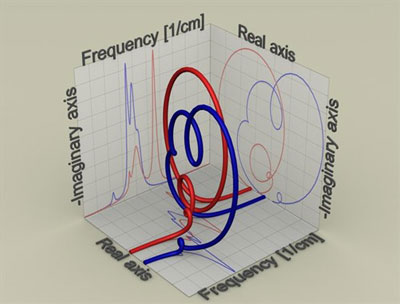 University of Twente's new measuring method more sensitive and more specific too.
University of Twente's new measuring method more sensitive and more specific too.
Sep 15th, 2010
Read more
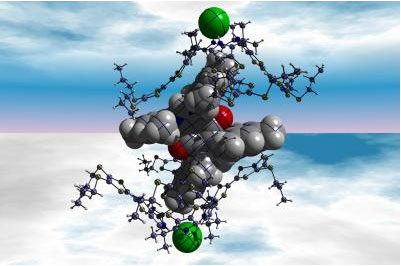 The development of new organic batteries - lightweight energy storage devices that work without the need for toxic heavy metals - has a brighter future now that chemists have discovered a new way to pass electrons back and forth between two molecules.
The development of new organic batteries - lightweight energy storage devices that work without the need for toxic heavy metals - has a brighter future now that chemists have discovered a new way to pass electrons back and forth between two molecules.
Sep 15th, 2010
Read more
New insight into the structure of switchgrass and poplars is fueling discussions that could result in more efficient methods to turn biomass into biofuel.
Sep 15th, 2010
Read more
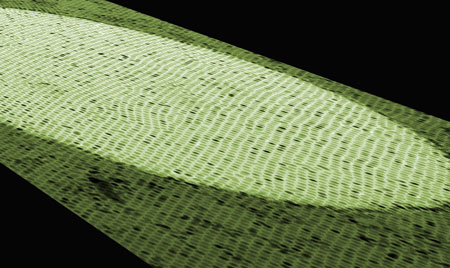 The 'Electronic Transport in Nanoengineered Materials' workshop is sponsored by UChicago's Materials Research Science and Engineering Center. Among the approximately 70 participants will be physical chemists, who make new materials and study their properties, and theoretical physicists who specialize in the study of solid matter.
The 'Electronic Transport in Nanoengineered Materials' workshop is sponsored by UChicago's Materials Research Science and Engineering Center. Among the approximately 70 participants will be physical chemists, who make new materials and study their properties, and theoretical physicists who specialize in the study of solid matter.
Sep 15th, 2010
Read more
A first joint nano4water cluster workshop will take place on 26 October 2010 in Aachen, Germany.
Sep 15th, 2010
Read more
New studies on the strength of these submicroscopic cylinders of carbon indicate that on an ounce-for-ounce basis they are at least 117 times stronger than steel and 30 times stronger than Kevlar, the material used in bulletproof vests and other products.
Sep 15th, 2010
Read more
The PhD thesis by Carlos Echeverria Arrondo, Doctor in Physics from the Public University of Navarre and entitled 'On doped semiconductor quantum dots and magnetic nanowires', studied the behaviour and properties of nanometric-scale semiconductor crystals.
Sep 15th, 2010
Read more
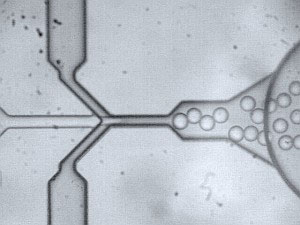 Silicon-based microfluidic devices that make use of a stepwise junction can deliver droplets of various sizes.
Silicon-based microfluidic devices that make use of a stepwise junction can deliver droplets of various sizes.
Sep 15th, 2010
Read more
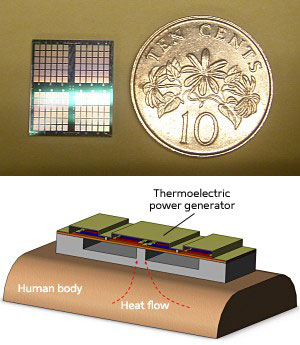 Thermoelectric generators made using modern micromachining technology can convert waste heat into microwatts of electrical power.
Thermoelectric generators made using modern micromachining technology can convert waste heat into microwatts of electrical power.
Sep 15th, 2010
Read more
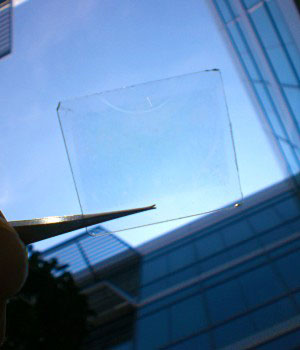 Functionalized titania nanotubes make short work of pollutants on glass surfaces.
Functionalized titania nanotubes make short work of pollutants on glass surfaces.
Sep 15th, 2010
Read more
Researchers from the U.S. Department of Energy's Lawrence Berkeley National Laboratory, the University of California at Berkeley, and the Vavilov State Optical Institute in St. Petersburg, Russia, have now made sensitive measurements of magnetic fields by maintaining the spin polarization of atoms in an alkali-vapor magnetometer for more than 60 seconds at room temperature - a two-orders-of-magnitude improvement in this important measurement parameter over the best previous performance.
Sep 15th, 2010
Read more
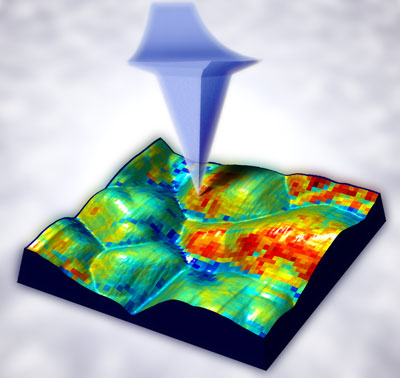 As industries and consumers increasingly seek improved battery power sources, cutting-edge microscopy performed at the Department of Energy's Oak Ridge National Laboratory is providing an unprecedented perspective on how lithium-ion batteries function.
As industries and consumers increasingly seek improved battery power sources, cutting-edge microscopy performed at the Department of Energy's Oak Ridge National Laboratory is providing an unprecedented perspective on how lithium-ion batteries function.
Sep 14th, 2010
Read more
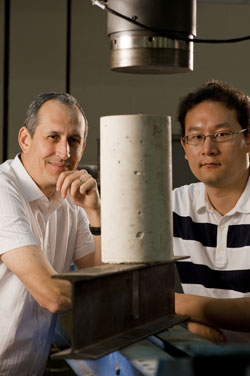 A new genre of construction materials, made with particles barely 1/50,000th the width of a human hair, is about to play a big role in the building of homes, offices, bridges, and other structures, according to the latest episode in the American Chemical Society's award-winning podcast series, 'Global Challenges/Chemistry Solutions'.
A new genre of construction materials, made with particles barely 1/50,000th the width of a human hair, is about to play a big role in the building of homes, offices, bridges, and other structures, according to the latest episode in the American Chemical Society's award-winning podcast series, 'Global Challenges/Chemistry Solutions'.
Sep 14th, 2010
Read more
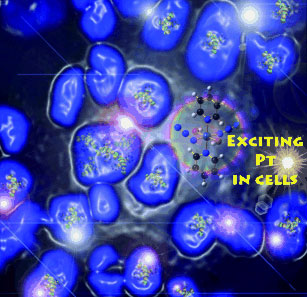 For tumor treatment with few side effects: platinum complex initiates cytotoxic effect upon targeted irradiation with visible light.
For tumor treatment with few side effects: platinum complex initiates cytotoxic effect upon targeted irradiation with visible light.
Sep 14th, 2010
Read more
New research uses fluorescence correlation spectroscopy (FCS) to investigate the processes at the surface of a growing crystal. By focusing a laser on the crystal surface and measuring the resulting fluorescence, FCS can resolve dimensions as small as a single wavelength of the light.
Sep 14th, 2010
Read more










 Subscribe to our Nanotechnology News feed
Subscribe to our Nanotechnology News feed